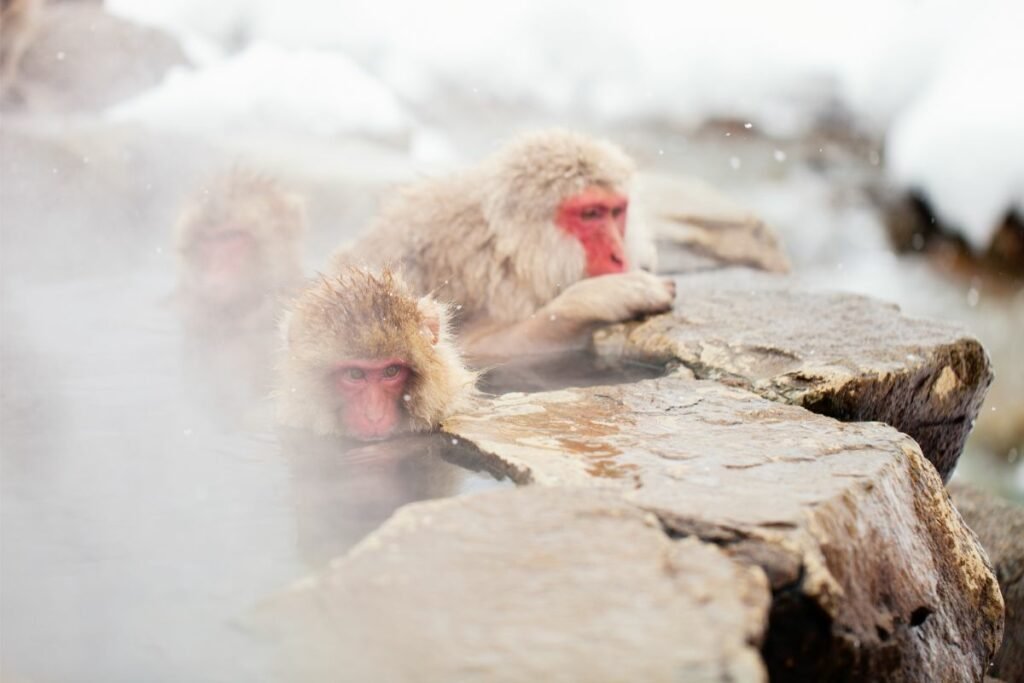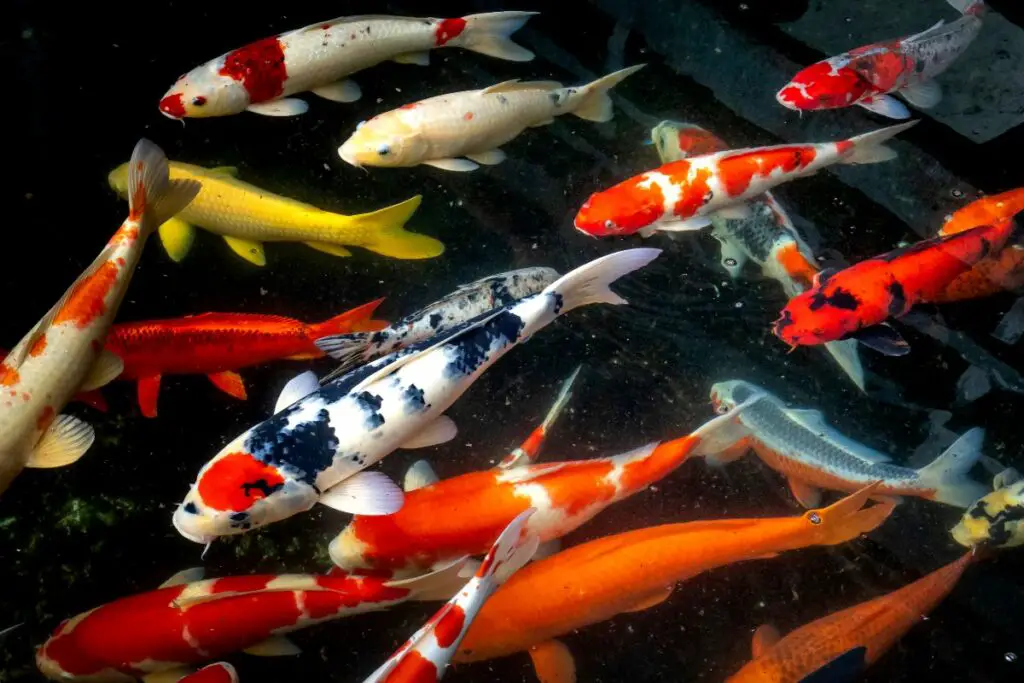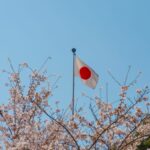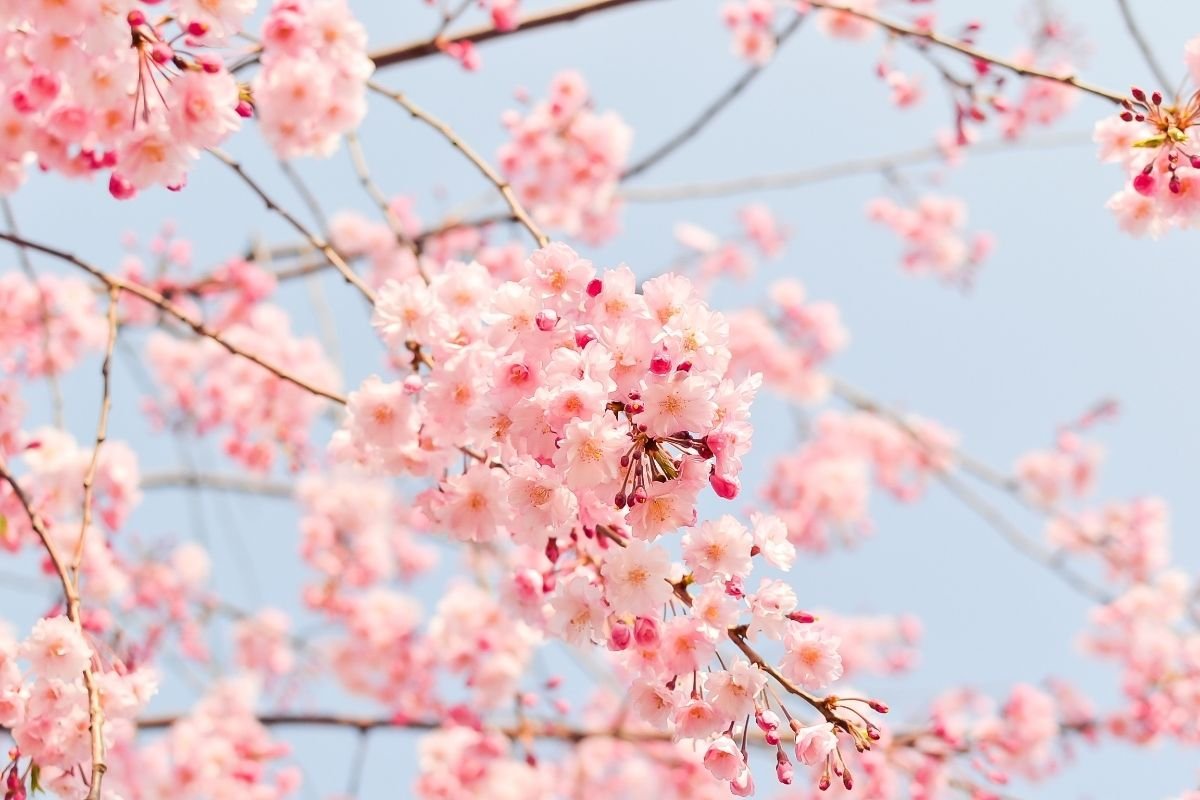It is common practice for countries across the world to have an official national animal. This animal is a symbol that creates an identity on the world stage. National animals are a symbol of patriotism, featuring in art, music, books, and even on a country’s coins, notes, and flag.

In the case of Japan, the country does not have one official national animal per se. Bucking the trend, Japan has chosen to promote a national bird, a national fish, alongside many other national symbols. Some of these symbols are official, and some are not so official.
For instance, the cherry blossom is Japan’s unofficial national flower. This article will showcase the unique and inspiring wildlife of Japan that has come to represent the country.
What Is The National Animal Of Japan?
Although Japan doesn’t have an “official” national animal doesn’t mean it isn’t rife with symbolism, of which animals are a big part. Japan is an island archipelago. From north to south, this vast country is home to a wide variety of climates and topography.
It is this geographical identity that, over time, has offered Japan native and endemic wildlife. The green pheasant, koi fish, and Japanese macaque are each considered national animals of Japan in their own right, so let’s take a look at them below.
Japan’s National Bird: The Green Pheasant
One such species that is widely regarded as Japan’s national bird is the green pheasant. The green pheasant is a native Japanese bird that is a subspecies of the common pheasant.
However, it is easy to distinguish the green pheasant from its more common counterpart via its dark green breast. Green pheasants also have dark green feathers on their flanks and necks.
On top of all its dark and striking green, the green pheasant also has a striking blue hood, red wattle, and grey-banded tail. Both male and female green pheasants have brown and black plumages and typically grow to the size of a large chicken.
Green pheasants are omnivores, meaning they eat both plants and animals. Their regular diet consists of worms, grains, and insects. Occasionally green pheasants will also prey on small animals like rats, mice, and other birds.
They breed once a year, laying up to a maximum of 15 eggs. Green pheasants are surprisingly fast flyers, reaching a top speed of 60 miles per hour.
Green pheasants have been immortalized in Japanese folklore as a messenger and are also regarded as having an innate power that rises above all other animals. They are, arguably, the animal that best represents Japan’s identity.
Green pheasants have been introduced to countries such as the United States and parts of Europe, but they are native only to Japan. For this reason, the green pheasant is a clear symbol of Japanese culture and is deserving of its national bird status.
Japan’s National Fish: Koi

Koi are everywhere in Japan. From the temple ponds of Tokyo to home gardens and wild mountain lakes, you won’t have a hard time spotting koi in Japan. It is, therefore, quite rightfully, the national fish of the country.
However, despite their immense abundance, koi aren’t actually native to Japan. They were introduced to Japan via their native homeland of China in the 1st Century A.D. Koi were originally introduced as a food source, but through the centuries they have become a symbol of Japanese culture.
Subsequently, they are less commonly eaten nowadays. Instead, they have been left to prosper in waterways and bring good fortune and luck to homes.
That’s right, it is thought that raising koi in a home pond brings Japanese families good fortune, prosperity, success, longevity, ambition, courage, and perseverance.
This is why koi are so highly regarded and so rarely eaten – no one wants to eat their fortune-giving fish. There are even annual koi competitions held every year throughout Japan, with the most prized koi fetching hundreds of thousands of yen.
Japan’s Unofficial National Animal: Japanese Macaque
Many Japanese people believe that their national animal is, in fact, a monkey. The Japanese Macaque is a species of monkey that is native to Japan. They are commonly referred to as “snow monkeys” on account of their snowy stomping grounds in the north of Japan.
Where other monkey species dare not to venture, macaques are happy to endure the long and grueling winters of northern Japan. This makes them the northern-most monkey found in the wild.
In places where snow covers vast areas of mountainous ground for months of no end, you will find macaques living their best snow-covered lives.
The macaque’s affinity for cold climates doesn’t mean they don’t inhabit the south of Japan as well. In fact, macaques populate three of Japan’s four major islands.
You will find macaques on Honshu, Shikoku, and Kyushu as well as several of the country’s smaller islands. They do not, however, inhabit the island of Hokkaido.
Japanese Macaques are a terrestrial Old World monkey species, having strong ties to Japanese culture for centuries. Their first recording in Japanese history dates back to the 8th century when they were seen as sacred mediators between the gods and humans.
They are characterized by their thick brown-grey fur, as well as their red faces, red buttocks, and short tails. Macaques also have long whiskers and a beard. Fully-grown male Japanese macaques will grow noticeably larger than females.
In the past, macaques thrived in many of Japan’s low-lying regions. Due to human influence and habitat loss, today they are confined to mountainous regions with less urbanization.
They are prominent figures in Japanese religion, art, and folklore, which is why so many Japanese people regard them as their unofficial national animal.
Conclusion
From the green pheasant to the koi fish and the mighty macaque monkey, Japan doesn’t have one official national animal because that would be selling its affection for animals short.
In a country that is so steeped in history, full of culture and unique wildlife, it makes perfect sense why Japan is a nation with multiple national animals.








